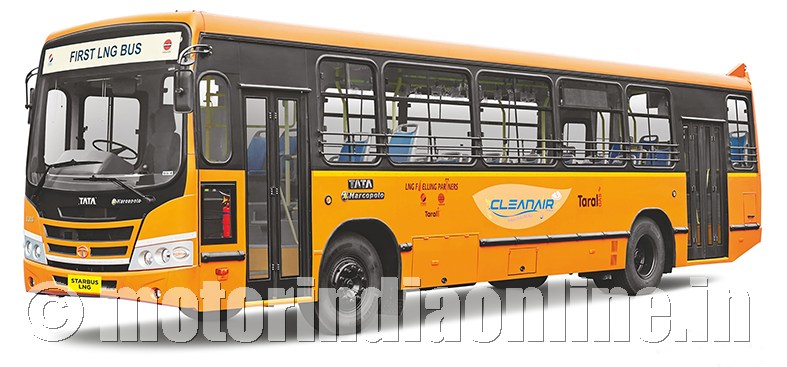The Government of India has approved the proposal to expand the use of LNG for transportation. This is in line with the recommendation of the Niti Aayog, a policy think-tank, which has proposed to create a special policy to promote LNG as transportation fuel. The use of LNG will be allowed for road transport (buses, trucks, etc.), railways and the shipping industry.
LNG is the cleanest and economical transportation fuel being widely used in countries like China and the US. Long-haul road transportation, inland waterways and railways are the important areas where it can be used as transportation fuel. One single retail outlet station can serve the purpose of providing LNG as well as the liquefied compressed natural gas (LCNG) to the range of automobiles and provide substantial reduction in pollution arising out of vehicular transportation.
India has four terminals to receive LNG and imports around 20 million tons of the super-chilled fuel a year. Over the next seven years, the Government plans to build another 11 terminals. LNG is being imported under open general licence on terms and conditions mutually agreed upon between buyers and sellers, and it is being traded in the country on a market-based mechanism.
Some key developments:
Petronet LNG Ltd. (PLL) signed a memorandum of understanding (MoU) with Indraprastha Gas Ltd. (IGL) in June last to jointly develop LNG-powered vehicles and infrastructure for storage and distribution of LNG and LCNG.
In August 2017, the Government notified changes in the gas cylinder norms to pave the way for LNG refueling stations and help start commercial service by LNG vehicles. Further, commercial vehicle manufacturers are investing in the LNG vehicle technology.
Tata Motors Ltd. (TML) became the first vehicle manufacturer to develop LNG bus. The bus was flagged off in Kerala for trial run in November 2016.

